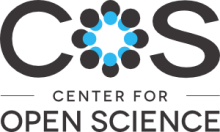Resource information
A model of land allocation at the aggregate watershed level was developed assuming profit/net benefit maximization under risk neutrality. The econometric land use model was analyzed as an equation by equation SURE model as all the independent variables were the same for both equations. In analyzing effect of land use change on water quality, we took year 2005 as our baseline and postulated three land use scenarios. We applied Benefit Transfer techniques to value water quality changes resulting from land use change and estimated lower bounds for WTP to improve water quality to meet the FCB criterion for drinking water supply and fishing waters and BOD (DO) criteria for fishing waters. Water quality modeling revealed that land use change would result in increased runoff, and associated increase in FCB and BOD/DO violations. But the BOD/DO violations could be curtailed by managing urban growth as evidenced absence of BOD violations in the managed growth scenario. Our study finds there may be problems of FCB under all postulated future land use scenarios. The findings also support existing literature that there are problems with FCB violation in the study area at the moment. Finally, it seems that the people of UCRB would be willing to pay a lower bound value between USD 15,785,740 and USD 16,141,230 per year to create and maintain quality standards for fishing and drinking water supply. Ecosystem, Economic value, North Georgia, land use, land use change, fish, water quality, structural time series, willingness to pay, benefit transfer, forecasting, vector autoregression, Upper Chattahoochee River, Environmental Economics and Policy, Land Economics/Use,


